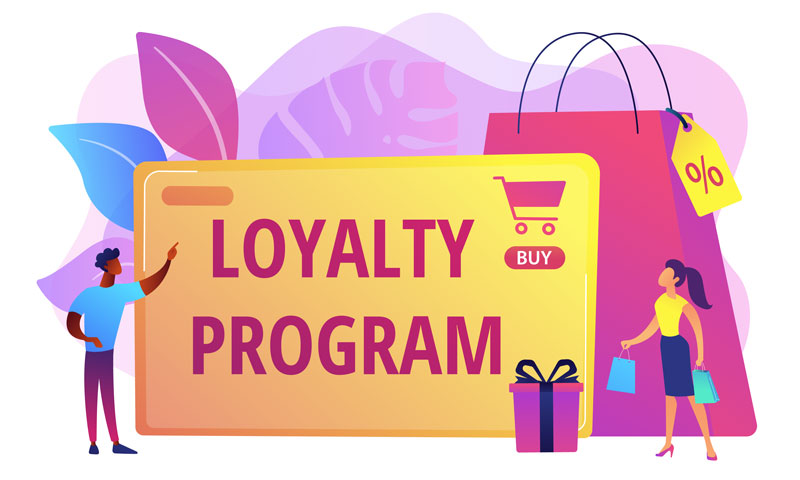Tesco Clubcard Rewards, means it can sometimes feel like Tesco knows us better than we know ourselves. We get vouchers in the post for something we were already planning to buy, all informed by the vast amounts of data the company stores on its Clubcard users.
For most of their history, retailer loyalty schemes have involved the retailer paying for a customer’s data and managing this means they must strike a balance between offering rewards that are generous enough to encourage customers to part with their data (the importance of which is being increasingly recognised by the general public), while keeping the costs low enough for the exercise to be worthwhile.
Then Amazon came along and turned the entire concept on its head.
Tesco Clubcard and the genius of Amazon Prime
Amazon Prime is, at its heart, a loyalty scheme and it has exactly the same advantages for the retailer as traditional loyalty schemes, namely access to consumer data.
It is, however, a loyalty scheme customers pay to join in order to benefit from member-only offers, from free delivery on all orders to Prime Video, which aims to compete with the likes of Netflix in providing video content.
It’s hard to know whether or not this scheme “earns its keep” from a purely financial perspective (given the amount of money Amazon is spending creating Prime Video content, including a rumoured $1 billion on their “Lord of the Rings” spinoff alone) but its presumably a worthwhile exercise overall (i.e. taking into consideration the data it generates) since it’s hard to see a company like Amazon sticking with a loyalty scheme that isn’t performing well enough to justify its existence.
Tesco takes a leaf out of Amazon’s book
Tesco’s Clubcard revamp looks very much like they have been learning from the Amazon playbook, by combining transaction-based rewards with inducements for customers to switch to Tesco’s value-added services such as banking and mobile phones.
Interestingly, one of the big differences between the current loyalty scheme and the new one is that the current scheme works on the basis of customers collecting points which they then “spend” later, whereas the proposed scheme simply provides customers with discounts at the till.
It is also believed to be linked to the Tesco Pay+ app, which would eliminate the need for customers to remember to bring their loyalty card with them to the store.
The lesson to other businesses
Possibly the single, biggest lesson for other businesses to learn from this is that even the biggest and most successful companies never rest on their laurels, they keep on innovating. More specifically, however, Tesco’s move (and Amazon’s before that) signals a move away from price and towards value, even though both of these retailers very much compete on price and have included some transactional (i.e. price-based rewards) in their loyalty schemes.
In short, it would appear that both Tesco and Amazon have realised that racing to the bottom on price ultimately has its limits (there is a bottom line somewhere) and exposes them to competitors who are prepared to be even more aggressive than they are (such as Aldi and Lidl). So we’re seeing a shift towards “value-add” options, which even brands that do not have the resources of the likes of Amazon and Tesco can consider including in their future plans.

